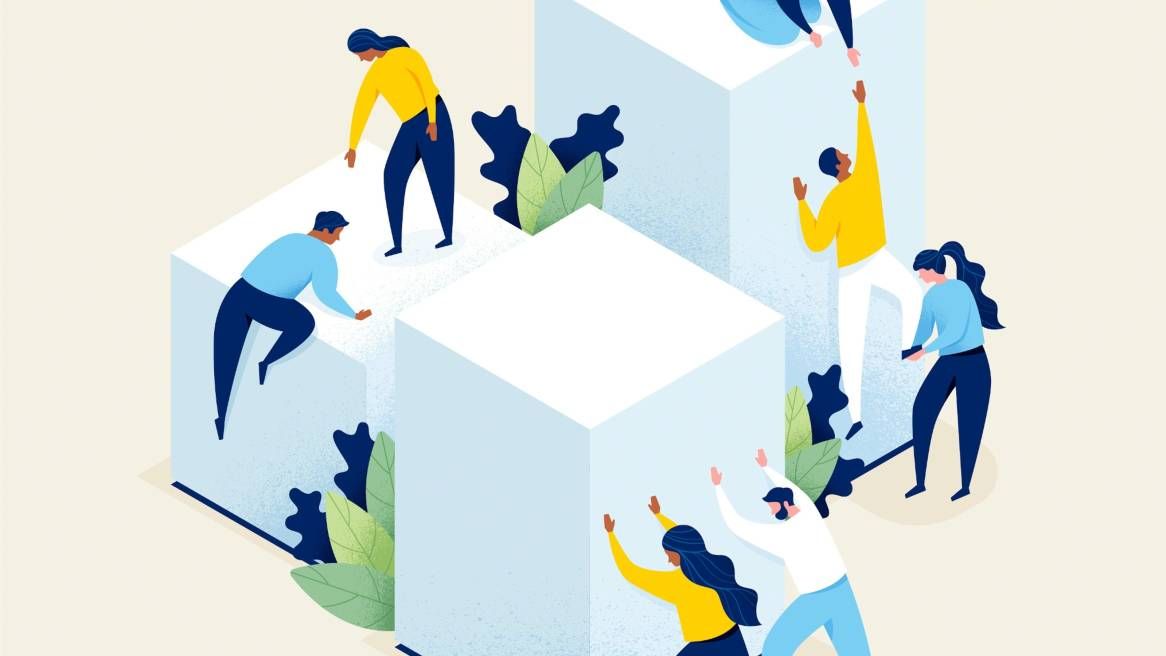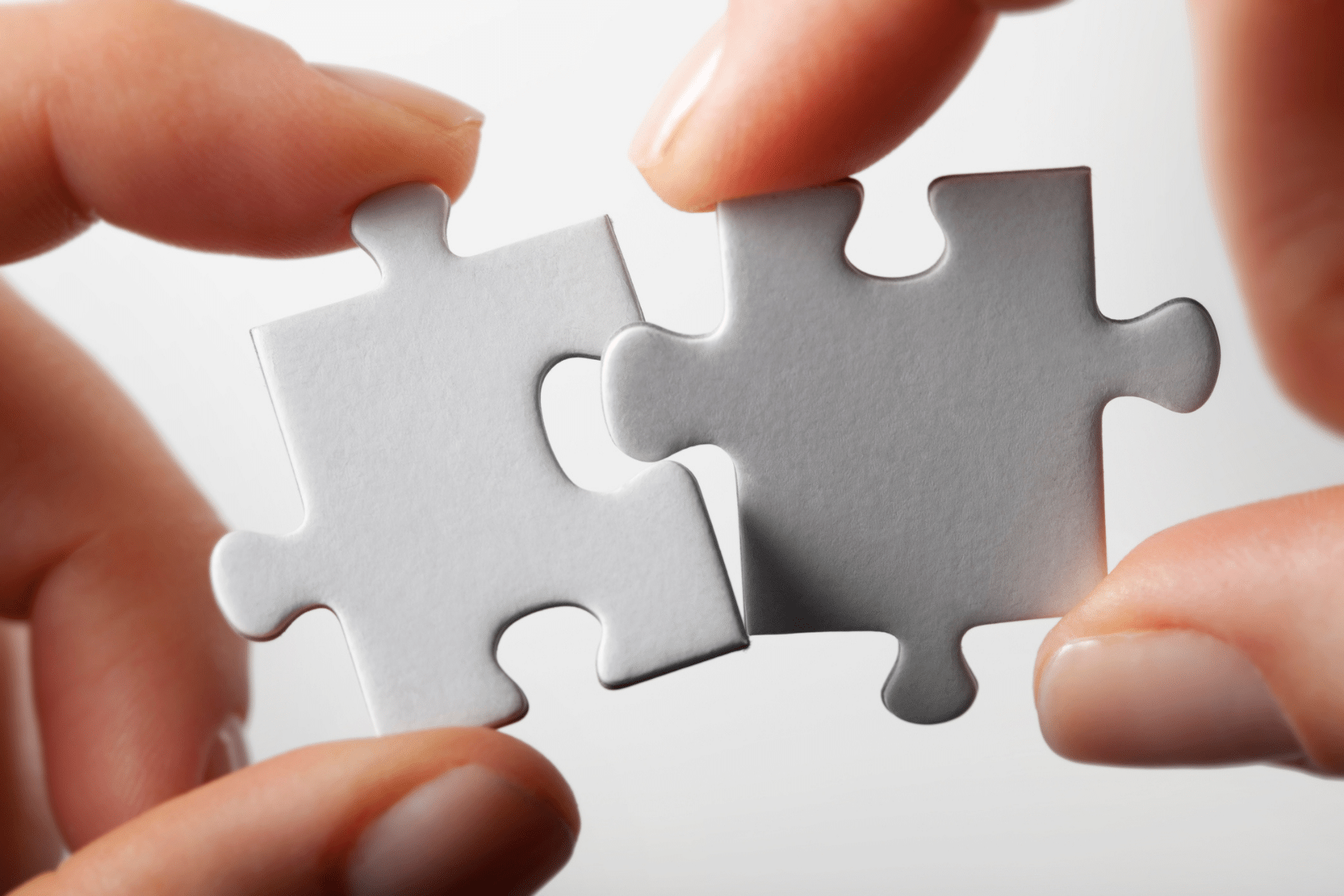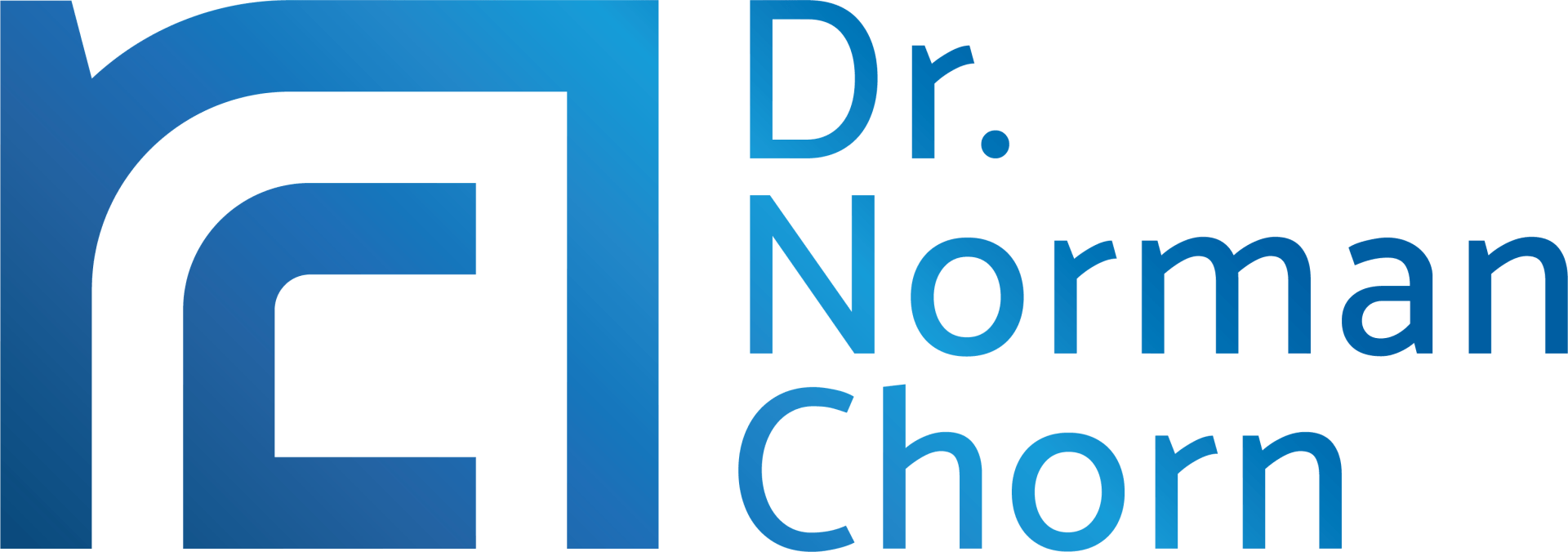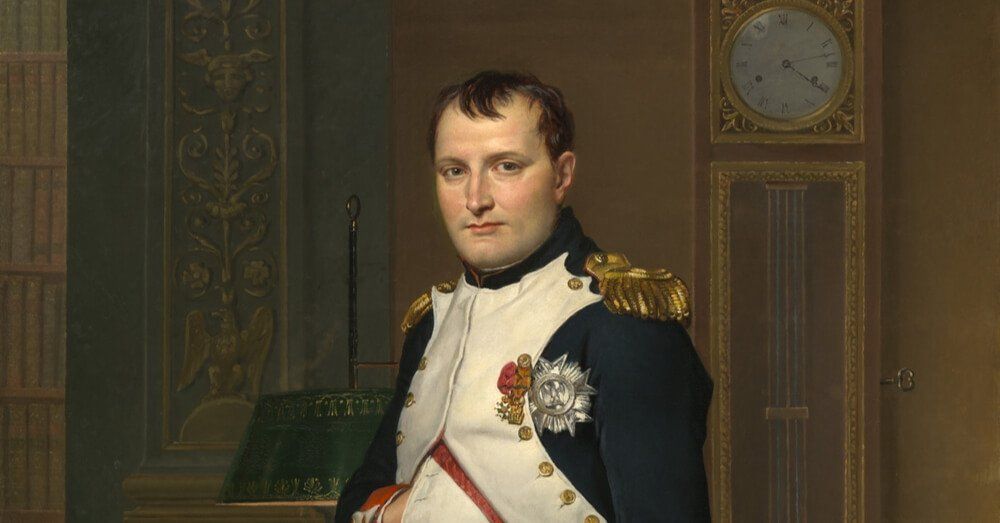Why Napoleon?
We all know that Napoleon had magnificent victories at Toulon, Rivoli (perhaps his greatest of all time) and Austerlitz - but what’s the connection with neuroscience? What did he know about neuroscience in 1797? Well, it turns out that Napoleon unknowingly used an understanding of neuroscience to craft his approach to strategic thinking. In essence he set up the optimum conditions for his brain to create powerful strategic insights. In 1926, the English psychologist Graham Wallas, described four key stages of the insight process that were attributed to creativity. These are:
Preparation:
The conscious assembly of the facts and the study of any related ‘theory’ and history related to the situation
Incubation:
A non-conscious phase - where we deliberately move away from being intently focused on the problem at hand - during which the facts and information are combined in different ways to gain an overall picture or pattern of the situation
Illumination:
This is the sudden ‘knowing’ that occurs - much like the sudden alignment of the cogs in a slot machine when you win the jackpot! And like a slot machine, the occurrence cannot be forced. We can only create the conditions in which it is likely to occur.
This, too, is a non-conscious phase
Verification:
This is the conscious phase during which we translate the insight into an actionable solution.
From recent neuroscience research, we now understand the process of HOW the insight process works. Let’s examine how Napoleon used this instinctive understanding to craft his creative and insightful solutions to winning so many battles.
Napoleon 'At Work'
Let’s examine some of the key elements of Napoleon’s approach:
1. He was a diligent student
Napoleon began his military education at the age of eight when he was awarded a scholarship to the military college at Brienne. At the tender age of 15, he moved onto the Ecole Militaire (French Military Academy) where he studied advanced military tactics and strategy. Upon graduating, he was awarded a commission into the French Army.
At that stage, Napoleon had a comprehensive knowledge and understanding of military strategy, and was able to recount numerous case studies and examples of how battles had been won and lost in a variety of conditions, terrains and troop combinations. He was able to call on this vast knowledge base in all his thinking and planning.
The brain regularly sifts through its memory centres to draw knowledge from the past in order to formulate an insightful solution. You may know that a particular approach has repeatedly failed in the past, so this option can potentially be discounted. In addition, insight often comes from combining experiences or knowledge that has not been previously combined.
2. He immersed himself in the battle
Napoleon was well know for spending time with his troops during preparations as well as in the thick of the battle. Napoleon was keen to smell the smells, taste the tastes and experience the emotions of his troops. He believed that their insights were invaluable in building a rich and comprehensive understanding of the battle.
When generating a creative solution to a problem, the brain searches for faint signals of past successes and failures. This is a critical component of the insight process, and the more areas of the brain that can be associated with these experiences, the better the chance you have at sifting through these possible options quickly and selecting a viable course of action.
3. He retired from the battle to reflect
Napoleon was also diligent in making time for reflection and to clear his mind. The time in his quarters was spent thinking about the ‘bigger picture’. It’s not easy to ‘hurry up and relax’ as I’m sure many of you have found while taking a well-deserved, but too-short holiday. Similarly, the brain needs the time to engage in meditative, quiet time to process what has been happening and to make sense of it all.
The trick is to recognise that there is an important distinction between working hard and thinking hard. The former requires long hours and relentless effort, while the latter needs rest and a break from the routine.
This period of ‘resting the brain’ is a critical condition for preparing the brain to generate creative insights. It also allows for the important process of sensory gating whereby we minimise the external visual stimulus to the brain so as to preserve neural space and energy for the higher brain to do its creative work.
This occurs when we deliberately de-focus from the task and all its data - and turn ‘inwards’ to allow the brain to begin searching for new combinations of information that can ultimately result in the creative insight.
4. He waited for a flash of insight
Military historians often point to one idea as being central to Napoleon’s success. The idea is expressed in French as ‘coup d’oeil’ - the flash of insight. The flash of insight - sometimes called strategic intuition - was Napoleon’s approach of deconstructing a situation to look for different ways of understanding it.
This occurred during his time of quiet reflection. During these times of reflection, Napoleon mulled over the information he had gathered from his research and firsthand experiences from the troops - and sought different ways of combining and recombining this information. He made a point of not jumping to conclusions by simply using approaches that had worked in similar situations in the past.
This approach allowed Napoleon to develop the creative solutions that most often changed the course of the battle, and tipped the scales in his favour. The Anterior Cingulate Cortex - the part of the brain that signals the need for a different way of thinking - prompts the brain to try a different approach when you face a significant challenge and conventional thinking is not working.
The brain then begins the process of combining previously unconnected ideas and information. At the moment of insight, a new neural connection is created which produces the sense of ‘knowing’ - the aha moment.
In terms of strategic thinking, creative insights are developed when we consider the concrete facts and seek to group them in different ways. By trying different combinations - by grouping and regrouping the data - we are looking for different ways to combine the information so as to make sense of the situation.
5. He acted with conviction
The final element in Napoleon’s approach was the ability to resolve the challenge by acting on this strategic intuition - the decisive insight that would alter the course of the battle and place him in a winning position. In his earlier career as a more junior officer, Napoleon’s strategic insights were often treated with derision and resistance, but he had the courage to pursue them with resolve.
The flashes of insight carried with them the force of action that propelled him forward. Because he was then able to see the situation with such clarity, he could more readily muster the resolve to take decisive action.
I’d like to acknowledge the contribution of my colleague, Dr Dan Radecki, to the ideas in this blog.
About the Author
Dr Norman Chorn is a highly experienced business strategist helping organisations and individuals be resilient and adaptive for an uncertain future. Well known to many as the ‘business doctor’!
By integrating the principles of neuroscience with strategy and economics Norman achieves innovative approaches to achieve peak performance within organisations. He specialises in creating strategy for the rapidly changing and uncertain future and can help you and your organisation.
Subscribe to our regular articles, insights and thought leadership




